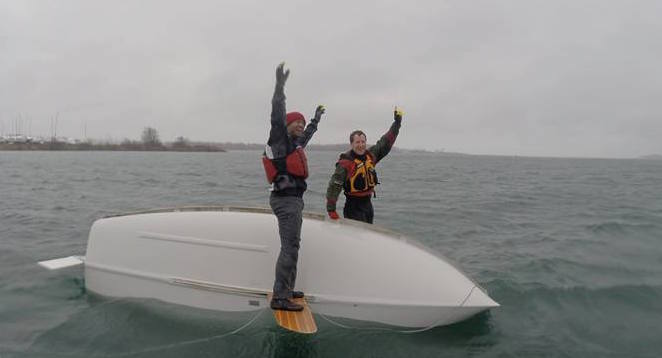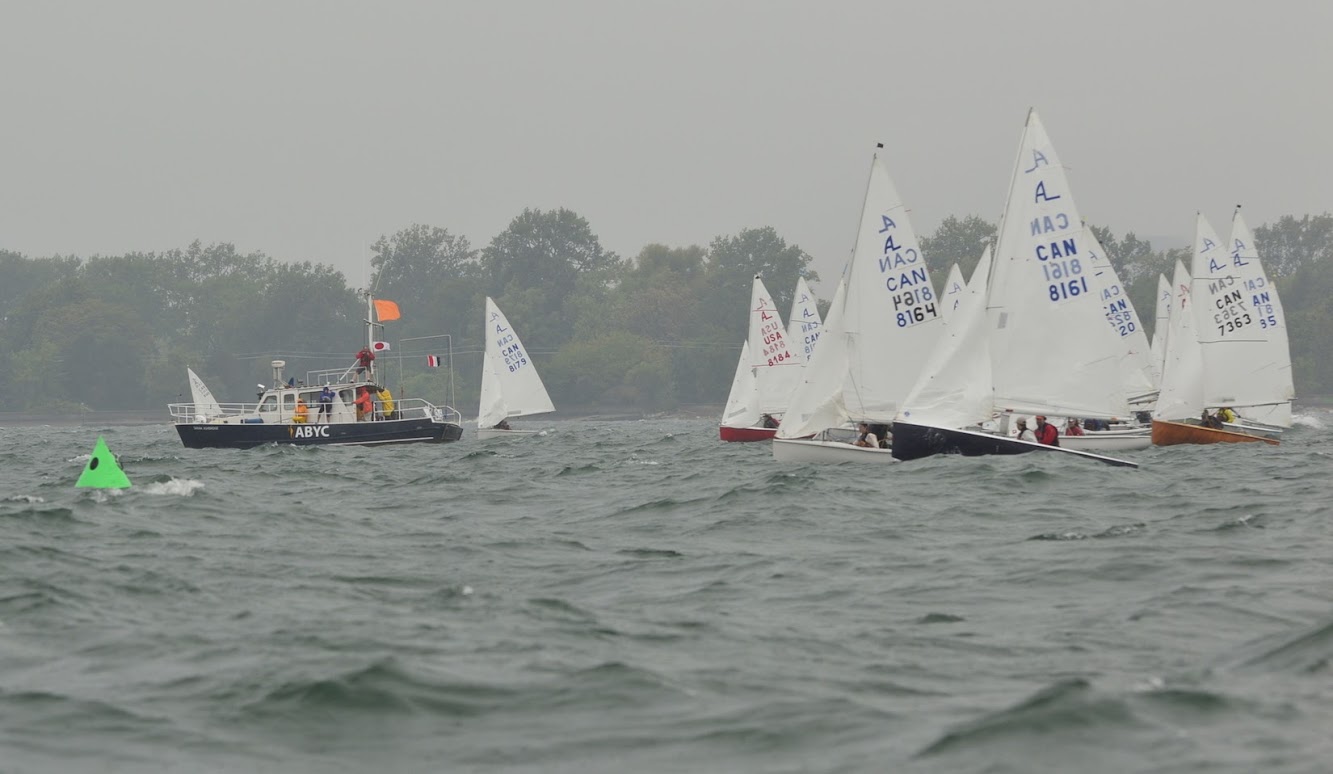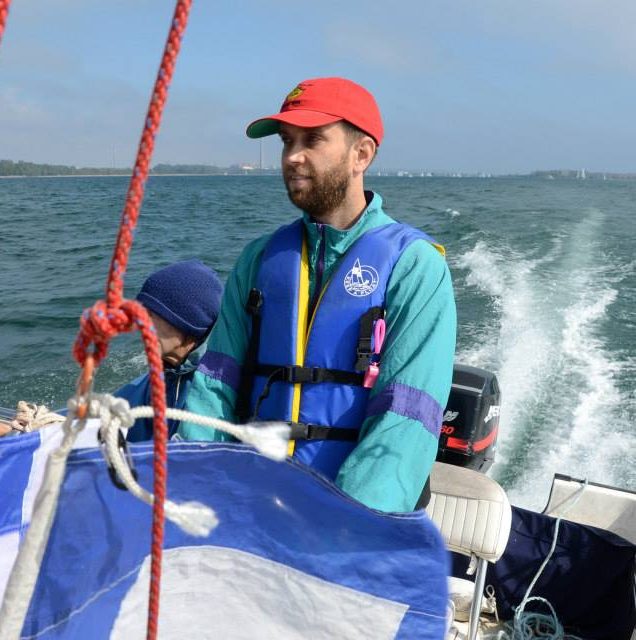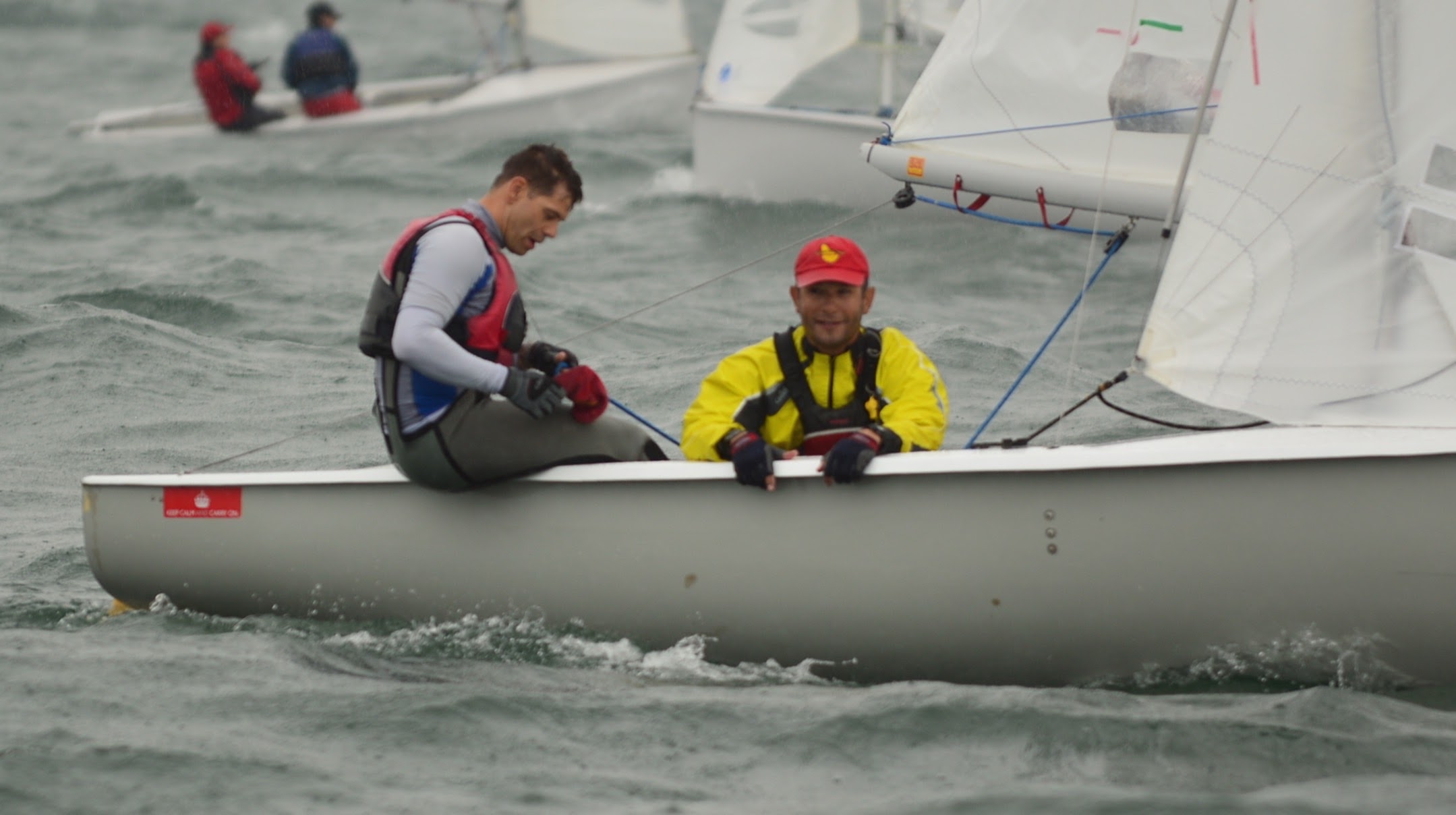Whether the Weather by Andrew Rydholm

CAA presents an Introductory Course on Weather for Sailors
March 8, 2017Albacore Sailing Info Night @ MEC Toronto – Wednesday, April 19th!
April 14, 2017Sign up for the CAA Short Course on Weather for Sailors, held at the NYC in Toronto April 5/6, by contacting education@albacore.ca. Tell your friends!
When I go sailing, weather has a big influence on my Safety, Comfort and Performance.
Safety:
Sailing conditions are impacted by the weather and, in Canada, the weather can change dramatically month to month, day to day and even hour to hour. Hot, cold, wind, waves and fog are things that can put you or your boat at risk. Try to make decisions so that you can handle any foreseeable issues on your own. My perspective is that, while you should always help others when you can, you should not rely on others to get you out of trouble. When you need them, they might be helping someone else, in need of assistance themselves, have gone back to the dock or be unaware that you need their help.

Comfort:
With regards to weather, after safety, I generally prioritize comfort.
My reasoning is that when I am comfortable, I easily perform at a higher level than when I am uncomfortable. Also, I enjoy myself way more. Regardless of other goals, enjoying yourself should be on the list.
I can’t really give you guidelines on what you need to be comfortable as it varies from person to person. If you don’t know, I would ask experienced sailors and be conservative. (You can always remove clothing, but you can’t add a layer you don’t have with you.)
Performance:
For racing and pleasure sailing, being able to understand weather’s effect on the conditions will not only translate into you being safer and more comfortable, but you will be able to sail more often and get more out of each sailing session.
While racing, understanding weather means you will be able to predict, prepare and capitalize on situations.

There is a fair amount to learn about weather. I am not going to try and explain everything, but here are my random “Deep” thoughts:
Know both recent and current conditions:
- Recent weather can effect water temperature, wave state, water levels, hazards.
- Recent weather might affect the water and land temperatures.
- A distant storm might drive waves in your area.
- A change in wind direction can cause logs and other flotsam to be pulled from shore and becoming hazards to navigation.
- Several days of warm weather might heat the surface of the lake, lowering water levels and increasing weeds around the dock or marks.
Before you leave the dock:
- Have an idea of what the possible weather you might encounter.
- Have a plan for potential situations.
On the water, occasionally think about:
- What the weather is doing and what it might do?
- What options you have for the current situation and possible conditions that might develop?
After sailing, review:
- Were you prepared for the conditions?
- Did you take full advantage of them?
- Why were you safe/unsafe, comfortable/uncomfortable or performing well/poorly?
- Who was safest, most comfortable and performing best? Go ask them for their thoughts.
- What skills, equipment, information or decisions can be improved?
For instance, here is a random example:
- One day regatta
- 4-5 races
- Offshore race course
- July=warm
- Possible storm to the north that might hit in the early afternoon
So, stuff I overthink at some point (some of which, only you can answer):
- Should we leave the dock?
- Should we leave the race course before the storm hits?
- What are the maximum conditions that we will stay on the race course?
- What are the signs the weather will change?
- What are the signs the weather will not change?
- What will the conditions be if the weather changes and what gear do we need?
- What will the conditions be if the weather does not change and what gear do we need?
- If the weather changes, what are our plans for each section of the race/regatta?
- If the weather does not change, what are our plans for each section of the race/regatta?
Checklist of things to do before the weather changes:
- Boat setup
- Get the foul weather gear available (not in the bow or bottom of dry bag)
- Eat and drink something while your sandwich will stay in one piece
- Everything on the boat working?
- Are our bodies working?
When the weather changes:
- Are we good to keep sailing?
- Is the boat setup correctly?
- Do our plans need to change?

Race committee will often have a tough go when a storm front hits the course. The wind will take some time before it settles on a new heading and speed. Often, the next start will be delayed. Be prepared for the delay, take a moment to tune or relax. I often bring more food/drink knowing that you might be on the race course longer than expected. If they do start quickly or if you are racing, be more conservative and look to take advantage in the erratic conditions.
Post-race:
- Were we prepared?
- Were we safe, comfortable and performing well? If not, why?
- Signs of a change in conditions? Forecast, clouds, other sailors put on their jackets, boats sailed in. Did a bunch of water birds go offshore in the middle of the afternoon (in Thunder Bay this indicates you need to get your butt off the water)?
Last comments:
 Make sure that you understand the basic concepts of weather and how it effects your sailing.
Make sure that you understand the basic concepts of weather and how it effects your sailing.- Check out the internet
- Ask locals wherever you sail. They often have some of the best knowledge, have tried different sources of information and can give you a better understanding of local trends/concerns.
- Respect weather. Be safe, comfortable and fast.
- Take advantage of CAA resources like the “Short Course on Weather for Sailors” course on April 5th & 6th at the National Yacht Club. Sign up by emailing education@albacore.ca and tell all your friends!


